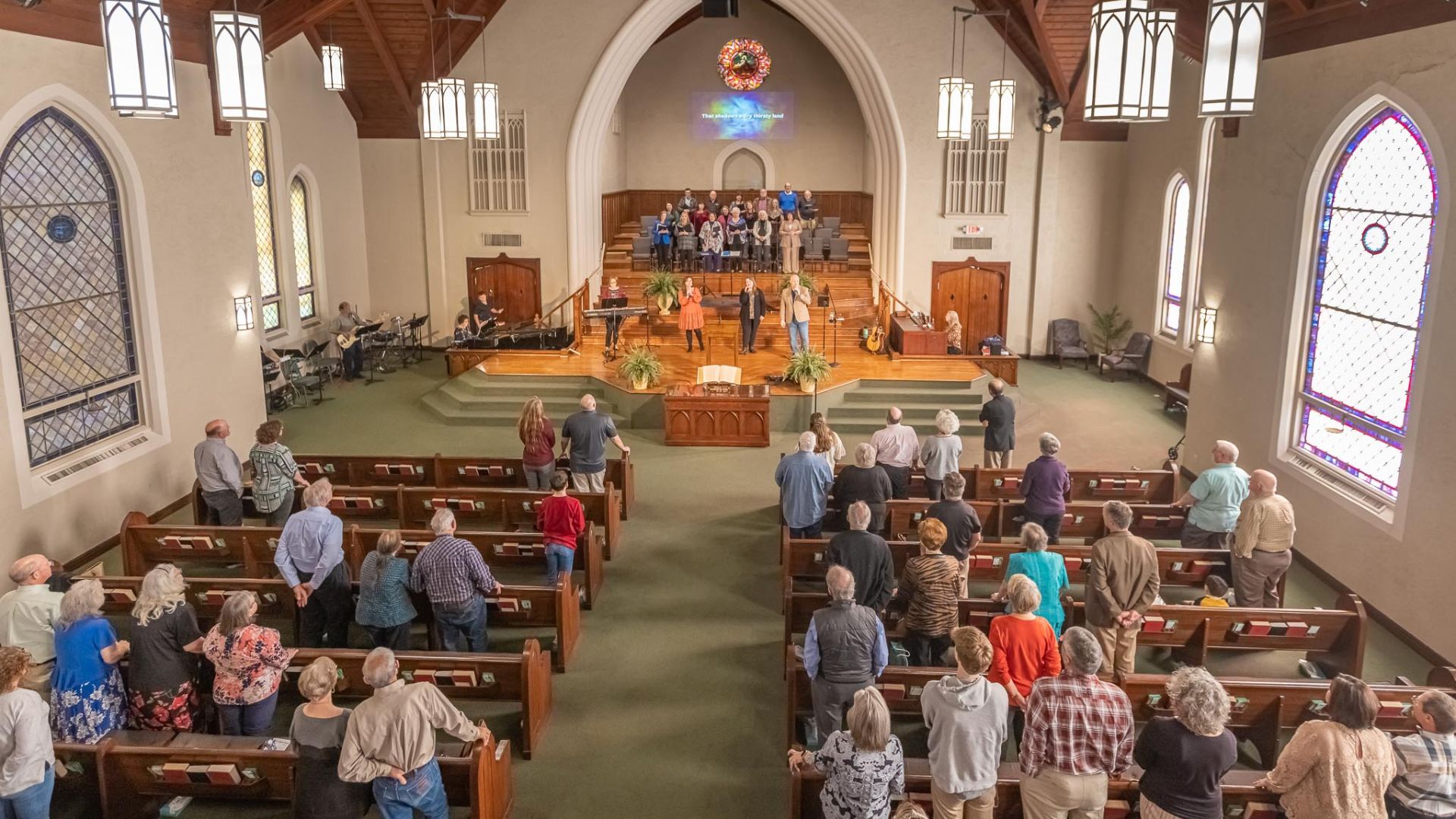Insights into the Church Hiring Process: Key Metrics to Consider
The church hiring process in healthy churches goes beyond praying for the right hire. It involves tracking the right signs and leveraging data to build a better team. Today, let's explore some key hiring metrics that illuminate the state of your staff culture and candidate experience for future success.
1. Time to Fill
This metric reveals the duration from posting a role until making a hire. Long hiring durations may indicate decision paralysis, lack of clarity, or unrealistic expectations. Conversely, a short time to fill may suggest a rushed process. Ignoring these timing trends could lead to impulsive hiring and potential staff burnout.
2. Candidate Drop-off Rate
If candidates start your process but drop out midway or suddenly vanish, it's a red flag. Key questions to ask include, "At what stage do most candidates exit?" High drop-off might indicate poor communication, bad fit, or a repelling candidate experience. Investigating this can help remedy potential stumbling blocks in your process.
3. Number of Qualified Candidates per Role
A healthy number of applicants for each role indicates successful sourcing and an attractive proposal. A low count could signal inadequate sourcing, unclear expectations, or an unattractive role or compensation package. Sometimes, it's not a question of potential candidates finding you, but how well you're positioning the opportunity.
4. Offer Acceptance Rate
If you're making offers but getting turned down, it's vital to investigate the reasons. Low offer acceptance could arise from delayed decisions, inadequate salary offers, or lack of trust-building early in the process. A high acceptance rate suggests you're doing a lot right. It's an opportunity to identify successes and repeat them in future processes.
5. Team Unity
While not a specific hiring metric, the level of agreement or unity in your team during the hiring process is paramount. Disunity during the hiring process can result in less optimal decisions and may negatively impact your hiring metrics and overall staff culture.
By prioritizing these critical metrics, churches can ensure they're not flying blind through the hiring process. They are a goldmine of insights that can inform and improve your methodology, enhancing the candidate experience and ultimately leading to better, more successful hires for your healthy church.
For a deeper look at these essential hiring metrics and how to improve your church hiring process, tune into today's Healthy Church Staff Podcast episode. When information meets prayerful discernment, the results can be transformational for your church staff and community.

.png)



